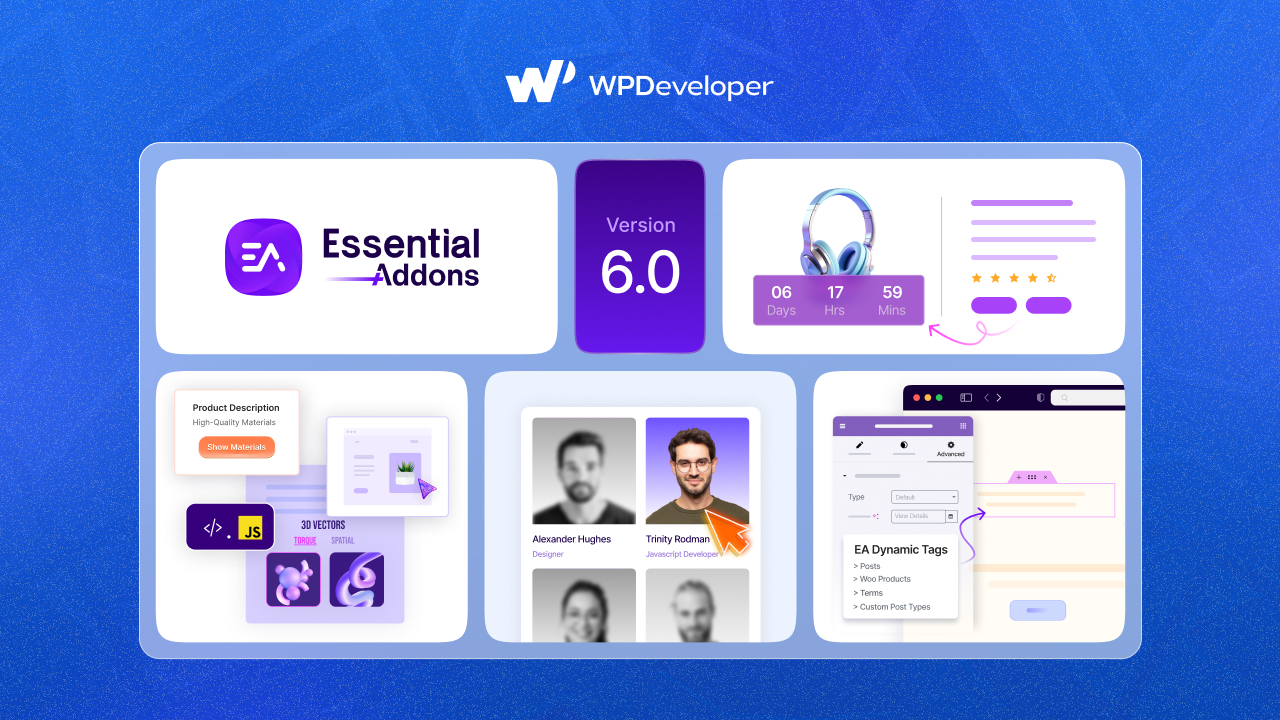Not long ago, search engines were simple. They matched the words you typed with pages that used those exact terms. But everything has changed over the course of time. Today’s search engines behave more like human readers, powered by AI, semantics and NLP (Natural Language Processing) to understand how and why you ask a question. Speaking of that, this evolution demands a smarter approach, which is using keyword stemming. This technique breathes flexibility and natural flow into your writing, ensuring it connects with users whether they are on Google, Bing, or an AI-driven assistant shaping the future of search.

What Is Keyword Stemming?
To understand keyword stemming, let us start from the root, literally. In simple terms, stemming refers to the practice of using different forms of a word’s root across your content. Not so surprisingly, search engines are smart enough to recognize these variations as semantically connected, which means your page can rank for more than just the exact keyword you typed in.
Let us see an example:
- Root: run
- Variations: runner, runs, running, ran
With keyword stemming, a blog that mentions running tips could still show up when users search for how to run faster or the best shoes for runners. This approach gives your content flexibility and visibility in crowded search scenarios.
A Look Back at the Keyword Stemming in Search
The idea of keyword stemming did not just appear out of nowhere; it has been quietly evolving with search technology for decades. As search engines became more intelligent, they became better able to handle human language complexity. As it unfolded year by year, here are the highlights of the history of Google search:

Source: Google
- Early Search Engines – Search engines were rigid in the pre-2000s. Likely, you would not find what you are looking for if you did not type the exact keyword. The goal was to find exact matches. Due to this, it often failed to capture the true intent of the user.
- Stemming Algorithms – It was then that Google stepped into the picture and began connecting words using variations. It suddenly became clear that ‘go’ and ‘going’ were not separate worlds, but rather semantically related.
- Hummingbird Update – In 2013, Google changed everything. Rather than reading words alone, Google began reading their meanings. That said, ‘travel tips’ could be considered the same as ‘how to travel easily.’
- BERT and MUM – From 2019-2021, by using NLP in its search engine, Google learned how to process queries like a human. Now stemming was about context, not just words.
- AI Search & SGE (Search Generative Experiences) – Fast forward to today (2023+), with AI-driven search, the possibilities are endless. Using variation, synonym, and whole phrase insights, stemming provides deeper and more accurate answers with AI.
Stemming Keywords for SEO – Why It Matters?
You must understand stemming as more than just a technical aspect of SEO. It has direct impacts on how well your content ranks and performs. This is why it is so important for SEO today.
1. Gets More Search Intents
Using keyword variations makes it easy for users to find your content by entering different phrases in their search engine. For instance, ‘health tips’ and ‘how to live healthy’ are both related search terms, but they are distinct ones. With stemming, you can rank for both.
2. Enhances Topical Depth
You need to include a variety of related terms in your content to enhance its depth. Search engines will see that you have covered the whole topic, and this will increase your chances of ranking for a wider range of related queries.
3. Improves Natural Readability
By stemming your content, you improve its natural flow. Rather than repeatedly using the same keyword, you can use related forms, making your writing more engaging. The result is a better user experience and fewer bounces.
4. Develops a Deeper Understanding of AI
With AI-powered search becoming more prevalent, stemming makes your content easier to understand for these advanced algorithms. As AI recognizes relationships between words, having a variety of stems helps it connect your content to a broader range of search terms.
5. Expands Long-tail Coverage
Stemming captures long-tail keywords, which are more specific, lower-volume search terms that are more likely to convert. It is easier to rank in niche searches if you use variations of your main keyword.
Stemming Keywords with Practical Examples
Let us take a closer look at some examples of keyword stemming in different industries to better understand how it works:
1. SaaS And Marketing Tools
Root: convert → conversion, conversions, converting
With variants of ‘convert,’ content can rank for queries like ‘conversion optimization tools,’ ‘how to improve conversion rates,’ and ‘conversion rate best practices.’
2. Fitness & Lifestyle
Root: train → training, trainer, trained
A fitness topic can cover multiple search intents with stems such as ‘best training plans,’ ‘personal trainer tips,’ and ‘staying motivated when training.’
3. WordPress & Plugins
Root: design → designer, designing, redesign
WordPress tutorials might rank for queries such as ‘how to design a website,’ ‘best website designers,’ and ‘redesign WordPress themes.’
These examples show how one article can rank for a variety of related queries by simply using keyword variations and stemming.
How to Use Keyword Stemming Effectively
The best way to stem keywords is to do so intentionally. The following steps will help you apply it to your content. If these are applied strategically, you will get the result you are looking for:
- Find the Root Keyword: The first step is to identify the main keyword that describes your topic the best. It will serve as the basis for generating variations.
- Variations to Brainstorm: Make sure you consider all possible tenses, plurals, synonyms, and related phrases for the key phrase. Your content might include words like ‘designing’ and ‘designer,’ if your root keyword is ‘design.’
- Intent Variations: Consider what users may search for when creating variations. When someone searches for ‘health tips,’ they probably have a different intent than when they search for ‘health equipment.’
- Add Variations Naturally to Your Content: You should include variations in your subheadings, body text, FAQs, and meta descriptions. The content should flow naturally. Stuffing the content will hurt both readability and SEO.
- Analyze Results with Search Tools: For tracking your results with these variations, use tools like Google Search Console, Ahrefs, or SEMrush. Keep an eye out for ranking increases for related search terms.
Speaking of how to use keyword stemming, you might get confused with a few other keyword strategies, like lemmatization. LSI keywords, etc. Let us see the differences between these.
Stemming vs Lemmatization vs LSI Keywords
To maximize the effectiveness of your SEO strategy, it is crucial to understand the differences in keyword usage. With that said, you must know how to differentiate keywords stemming from other SEO strategies like lemmatization and LSI keywords.
| Stemming | Lemmatization | LSI Keywords |
|---|---|---|
| This refers to using different forms of the root word (e.g., running, run, runners) | Reduces words to their dictionary base form, eliminating prefixes and suffixes (for example, ‘ran’ becomes ‘run’) | With Latent Semantic Indexing (LSI), you include related terms that broaden the topic (e.g., use words like ‘fitness,’ ‘workout,’ ‘jogging’ when ranking for ‘running’) |
The combination of these techniques yields content that is well-ranked across a broad range of related search terms.
Artificial Intelligence And Keyword Stemming
With AI technologies such as natural language processing, machine learning, and contextual understanding, search has become more sophisticated than ever. Using keyword stemming in this new environment looks like this:
Questions to Ask in Conversation
Now that voice search is becoming more popular, users can ask questions in a natural, conversational manner. Even if users do not phrase their queries exactly as the content does, stemming can still help the content rank for these queries.
Search Based on Entities
Search engines are now able to recognize relationships between entities (people, places, things) by using artificial intelligence. In stemming, a keyword’s variation is linked to a broader context, allowing AI to understand these connections.
Featured Snippets
You are more likely to appear in Google’s rich snippets if you use a variety of keyword variations. A good way to gather information using AI systems is to use variations of search terms and holistically answer questions.
E-E-A-T
The E-E-A-T stands for Experience, Expertise, Authoritativeness, and Trustworthiness. It is a set of guidelines Google uses to assess the quality of content and its creators, especially for important topics known as Your Money or Your Life (YMYL). Speaking of it, stemming indicates depth in content. Your content will appear authoritative, trustworthy, and comprehensive if you utilize a variety of keyword stems.
Common Mistakes to Avoid While Keyword Stemming
Despite being extremely useful, keyword stemming is very easy to get wrong. You should be aware of the following:
- Overstuffing Variations: Make sure you do not use too many variations unnaturally. Maintaining your content’s readability and flow is crucial.
- Forcing Irrelevant Stems: Whenever possible, use stems that are contextually relevant. For the sake of ranking for more keywords, do not add irrelevant variations.
- Ignoring Long-Tail and Plural Forms: The use of these variations is often overlooked, but they can provide a more comprehensive coverage for niche searches. Be sure to include them in your content.
- Writing One-Dimensional Content: Use a wide variety of root words instead of just one. If you want to enrich your content, you should diversify the language you use and look at the topic from different angles.
Recommended Tools That Help with Keyword Stemming
Manual stemming is important, but some tools can simplify it. For that, you need to understand how to use them in your content strategies. At your convenience, here are a few recommended tools for you.

- Google Search Console: This tool shows actual search queries related to your content, so that you can find keyword variations that users are in fact searching for.
- Ahrefs & SEMrush: It is possible to broaden the reach of your content using keyword variations and long-tail phrases offered by both platforms.
- SurferSEO & Clearscope: Your content will rank for a variety of search queries with these tools, which help optimize it with keyword stems and related terms.
- AI Assistants: With tools like ChatGPT, your content’s flow and readability can be maintained while natural keyword variations are suggested.
Write for SEO And AI with the Right Keyword Stemming Strategy
It is undeniable that keyword stemming is an important strategy for modern search optimization, despite its reputation as a traditional SEO technique. Increasing AI-driven search technologies have made it essential to include related terms and word variations.
And, using keyword stemming will increase your content’s relevance for a wider array of search queries, enhance its authority and help AI understand it better. So, it is crucial to write SEO content in natural language, and keyword stemming provides a straightforward way to create content that is both user and AI-search engine-friendly.
If you are interested in learning more about SEO strategy skills to meet and exceed expectations, we invite you to subscribe to our blog and join our super-friendly Facebook Community.






